Medication Safety Calculator
Workplace Safety Assessment
This tool estimates your risk of job-related injury based on medications you're taking and your workplace type. Data based on CDC, NIOSH, and OSHA studies.
Your Safety Assessment
Medication Risk
Workplace Risk
Overall Risk
Action Required
Every day, millions of workers take medications to manage pain, anxiety, or chronic conditions. But what happens when those same medications make it harder to do their jobs safely? And what about the workers who handle dangerous drugs as part of their job-like nurses mixing chemotherapy or pharmacists preparing injectables? These aren’t hypothetical concerns. They’re real, documented risks that lead to injuries, long-term health problems, and even deaths. The problem isn’t just about taking pills-it’s about how those pills, and the drugs you’re exposed to on the job, interact with your ability to stay alert, steady, and protected.
Prescription Medications That Slow You Down
Think about someone on opioids for a back injury or benzodiazepines for anxiety. These drugs aren’t inherently bad-they help people function. But in a workplace where precision, reaction time, and coordination matter, even a small drop in cognitive performance can be dangerous. A worker on opioids is 2.1 times more likely to get injured on the job, according to CDC NIOSH data from 2018. That’s not a small increase. It means if 100 workers without opioids have 10 injuries in a year, 100 workers on opioids could have 21.
The real danger comes when these drugs are combined. Using opioids and benzodiazepines together increases the risk of falls by 84%, as shown in a 2017 study in the Journal of Occupational and Environmental Medicine. Imagine a construction worker taking painkillers and a sedative for sleep. Or a machine operator on both drugs after a stressful week. Their balance, reaction speed, and judgment are all compromised. One delayed response, one misstep, and it’s not just a near-miss-it’s a broken bone, a crushed hand, or worse.
And it’s not just physical jobs. Nurses, pilots, truck drivers, and even office workers using heavy sedatives can make critical errors. A 2022 report from Medscape described an anesthesiologist who experienced dizziness and nausea after taking prescribed opioids for a work-related injury. He nearly caused a surgical error because his reflexes were off. That’s not rare. It’s a pattern.
Hazardous Drugs: The Invisible Threat
Then there’s the other side: workers who don’t take drugs-they handle them. Every year, an estimated 8 million U.S. healthcare workers are exposed to hazardous drugs. These aren’t just cancer treatments. The NIOSH 2024 List includes 370 drugs classified as hazardous, broken into three groups: antineoplastic agents (267 drugs), non-antineoplastic hazardous drugs (78), and those with reproductive effects only (25). That means pharmacists, nurses, cleaners, and even lab technicians are at risk.
Exposure doesn’t require swallowing a pill. It happens through the air, skin contact, or accidental needle sticks. According to WorkSafeBC’s 2022 analysis, 38% of exposures come from inhaling aerosols or vapors when drugs are mixed or spilled. Another 29% happen from splashes to skin or eyes. Even touching a contaminated surface-like a counter, a cart, or a glove-leads to exposure in 22% of cases. And it’s not just acute reactions. Chronic exposure is linked to a 2.3 times higher risk of miscarriage, birth defects, or infertility, based on a CDC meta-analysis of 47 studies.
Workers handling antineoplastic drugs face a 3.4 times higher risk of developing certain cancers over time, according to OSHA’s 2022 review. One chemotherapy nurse on Reddit shared her story: after three years of handling these drugs-even while following protocols-she developed chronic skin rashes. Surface tests in her unit showed detectable contamination in 68% of work areas. That’s not negligence. That’s systemic failure.
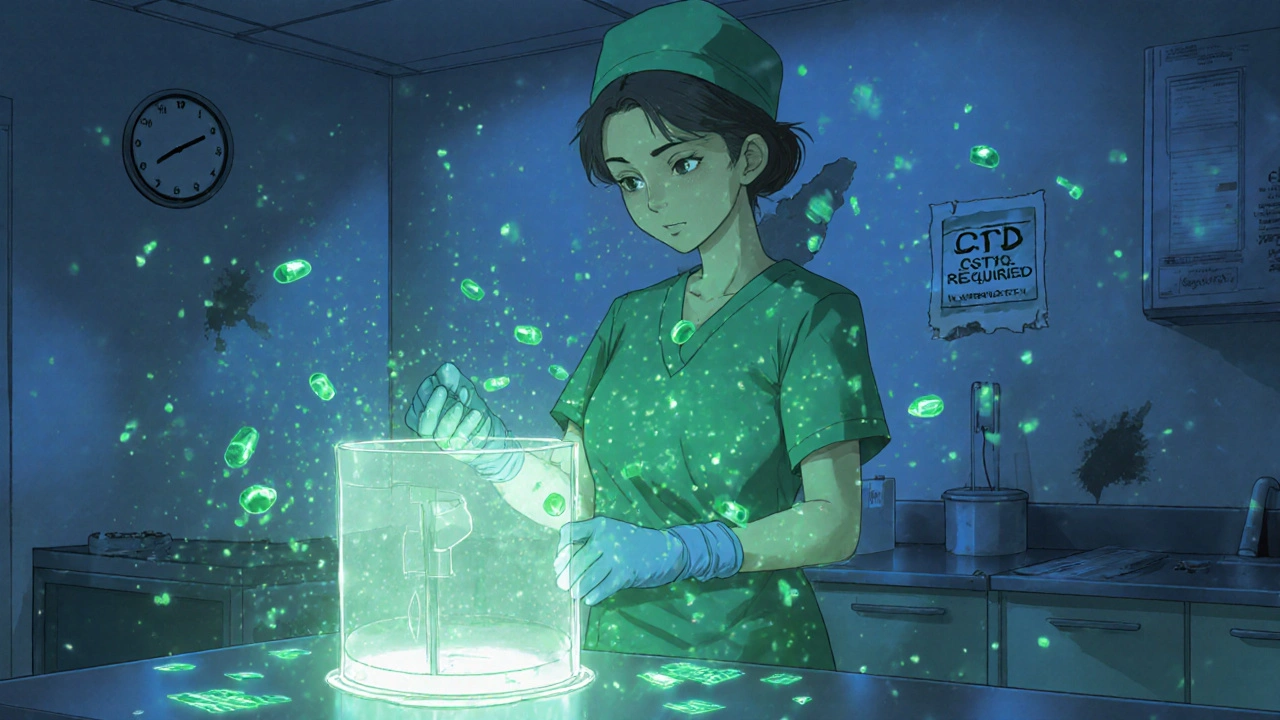
Controls That Actually Work
There are solutions. But they require more than just telling workers to “be careful.” Engineering controls make the biggest difference. Closed-system transfer devices (CSTDs)-special equipment that prevents drug vapors from escaping during mixing-reduce surface contamination by 94.7%, according to WorkSafeBC’s 2021 tests. Hospitals that adopted these devices saw a dramatic drop in exposure-related symptoms.
Mayo Clinic’s program, launched in 2020, cut hazardous drug exposures by 89% using a mix of CSTDs, better ventilation, and staff training. The American Society of Health-System Pharmacists found that 68% of healthcare workers reported improved safety after CSTDs were introduced. But here’s the catch: only 78% of large hospitals (200+ beds) have full programs. Among smaller clinics and outpatient centers with fewer than 50 beds, only 34% do. That’s a huge gap.
Administrative controls matter too. Training isn’t optional. NIOSH recommends 16-24 hours of initial training, plus 4-8 hours every year. Workers need to know how to properly put on and take off gloves, gowns, and masks. A NIOSH validation study found that after 8 hours of hands-on training, 92% of workers could don and doff PPE correctly. Without that training, even the best gear is useless.
Where the System Fails
Not every workplace is covered by the same rules. OSHA’s Hazard Communication Standard (29 CFR 1910.1200) applies to about 6.2 million U.S. facilities. But 1.8 million healthcare workers-mostly in small clinics, home care, and non-hospital settings-are outside that scope. They get no federal protection. That’s not a loophole. It’s a blind spot.
Even when rules exist, enforcement is inconsistent. In Q1 of 2024, OSHA issued 147 citations for hazardous drug violations, totaling over $1.2 million in penalties. But how many more went unnoticed? A 2021 CDC field study found that 43% of workers didn’t follow PPE protocols during observed tasks. Why? Because they were rushed, uncomfortable, or never trained properly.
And then there’s the human factor. Workers fear losing their jobs if they admit they’re on medications. Dr. Robert Gotlin pointed out in a 2021 editorial that 32% of workers on necessary prescriptions lost their jobs-not because they were unsafe, but because policies didn’t account for legitimate medical needs. Drug-free workplace programs cut medication-related incidents by 42%, but they also push people to hide their conditions. That’s not safety. That’s silence.
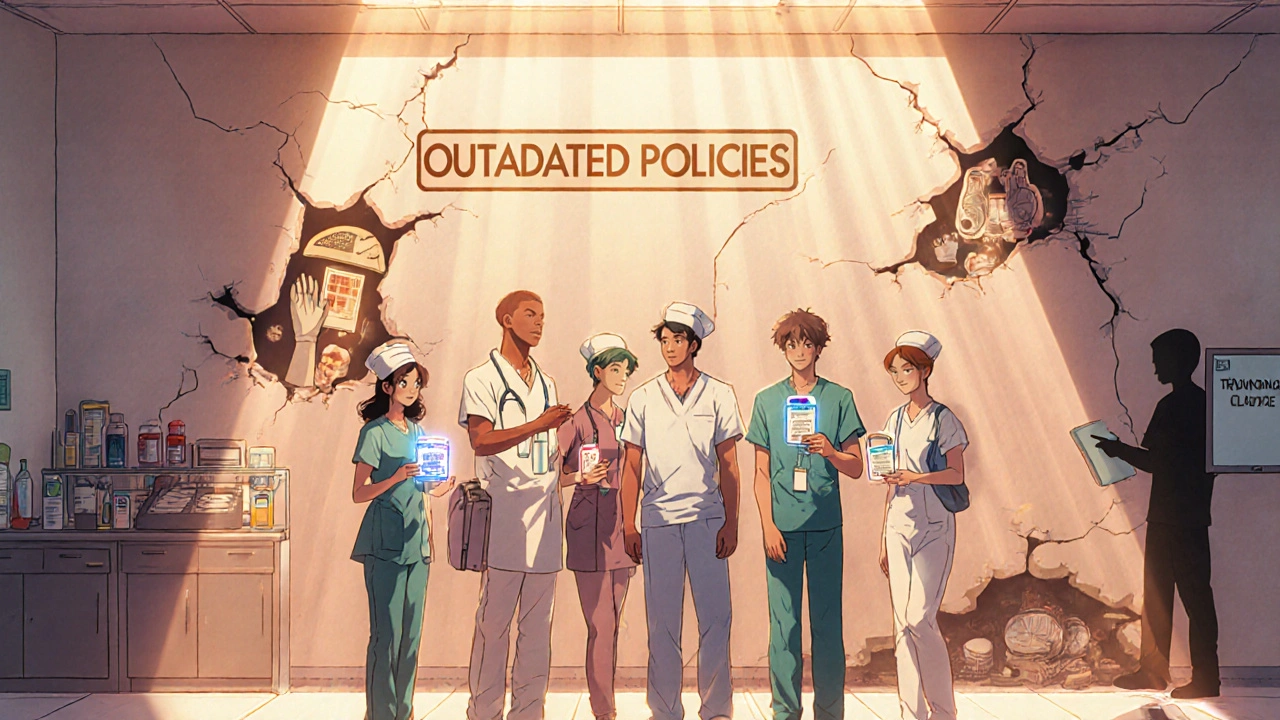
What’s Changing-and What’s Coming
The landscape is shifting. In February 2024, NIOSH removed two drugs-liraglutide and pertuzumab-from its hazardous list after new evidence showed lower risk. The FDA now requires boxed warnings on 27 antineoplastic drugs about occupational exposure risks. That’s a big step toward transparency.
Future tools are emerging. Johns Hopkins Hospital is testing AI-powered systems that predict high-exposure scenarios with 92% accuracy. OSHA is expected to propose a new Permissible Exposure Limit of 0.1 ng/cm² for surface contamination by late 2024. That’s a tiny amount-equivalent to a grain of salt spread across a square meter-but it’s a measurable standard, not just a guideline.
Employers are starting to connect medication safety to overall wellness. According to SHRM’s 2024 survey, 63% of large employers plan to expand their programs in 2024-2025 to include both prescription drug management and hazardous drug controls. This isn’t just about compliance anymore. It’s about creating workplaces where people can be healthy, safe, and supported.
What Workers Need to Know
If you’re on opioids, benzodiazepines, or any drug that causes drowsiness, dizziness, or slowed reactions: talk to your doctor and your supervisor. Don’t assume your job is safe just because you feel fine. Ask: Does this medication affect my ability to operate machinery, drive, or handle sharp tools? Is there a safer alternative?
If you handle hazardous drugs: know your workplace’s safety plan. Are CSTDs used? Is ventilation checked regularly? Are you trained on what to do if a spill happens? If you’re not sure, ask. If your employer doesn’t have a plan, push for one. Unionized workers report 22% fewer incidents than non-unionized ones-collective voice matters.
If you’re an employer: don’t wait for an injury or citation. Use the NIOSH 2024 list to identify what drugs are in your facility. Test surfaces. Train staff. Invest in engineering controls. Track incidents. And most importantly-create a culture where workers feel safe reporting medication use without fear of punishment.
Workplace safety isn’t just about hard hats and warning signs. It’s about understanding the invisible risks-the pills in the pocket, the vapors in the air, the contamination on the gloves. Ignoring them doesn’t make them go away. Addressing them saves lives, reduces costs, and builds trust.
Can taking prescription medications like opioids at work lead to job loss even if I’m not impaired?
Yes. Some employers have strict drug-free workplace policies that don’t distinguish between recreational and medically necessary use. A 2021 study found that 32% of workers on legitimate prescriptions lost their jobs-not because they caused accidents, but because their medication showed up on a drug test. This creates a dangerous dilemma: workers may hide their conditions to keep their jobs, increasing the risk of unmanaged impairment.
Which healthcare workers are most at risk from hazardous drugs?
Workers in oncology units, compounding pharmacies, and ambulatory surgery centers face the highest exposure rates. Nurses who prepare and administer chemotherapy, pharmacists who mix IV bags, and even environmental staff who clean rooms after procedures are at risk. CDC data from 2023 shows these three settings account for 79% of all hazardous drug exposures in healthcare.
Are there legal protections for workers exposed to hazardous drugs?
Only in some places. OSHA’s Hazard Communication Standard applies to about 6.2 million U.S. workplaces, but 1.8 million healthcare workers-especially in small clinics and home care-are not covered. The U.S. Pharmacopeial Convention’s General Chapter 800 offers stronger protections, but it only applies to compounding pharmacies. Many workers operate without federal or state-level safety mandates.
How can I tell if my workplace is safe from hazardous drug exposure?
Ask if they use closed-system transfer devices (CSTDs), have proper ventilation in drug preparation areas, and conduct regular surface contamination tests. Check if staff receive annual training on hazardous drug handling and if spill kits are visible and accessible. If you can’t answer these questions easily, your workplace likely lacks adequate controls.
What’s the difference between a hazardous drug and a controlled substance?
They’re not the same. A controlled substance (like oxycodone or Xanax) is regulated by the DEA because of its potential for abuse. A hazardous drug (like cyclophosphamide or methotrexate) is defined by its ability to cause cancer, birth defects, or organ damage-even at low doses. You can be exposed to hazardous drugs without ever taking them yourself. And you can take a controlled substance without being exposed to a hazardous one.
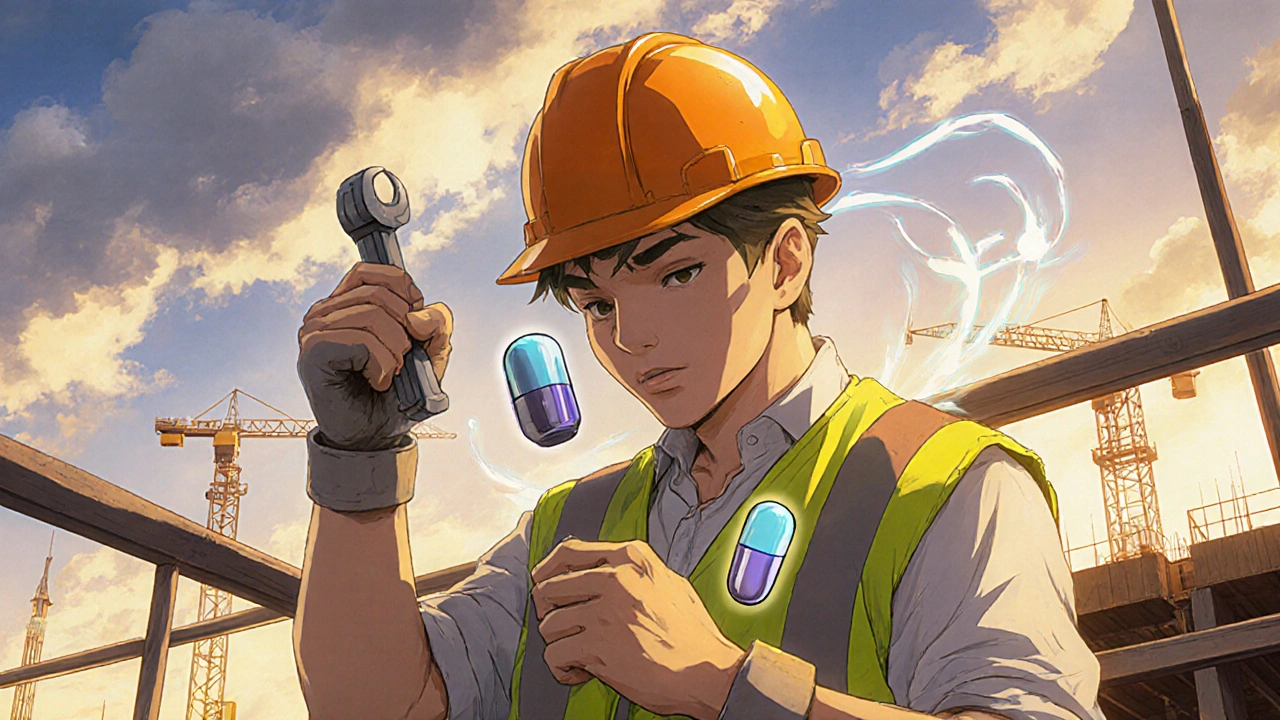
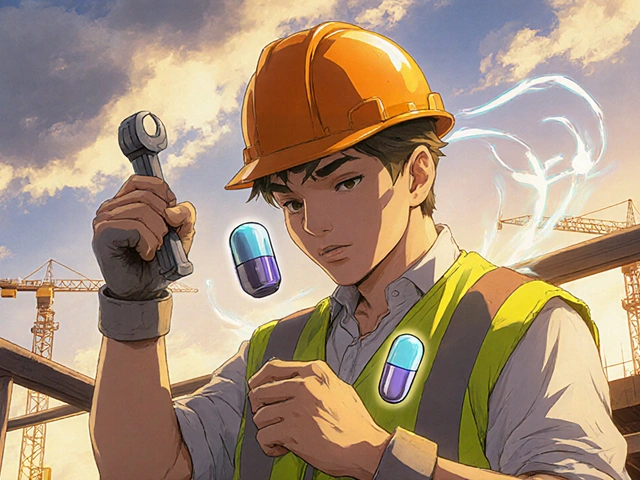




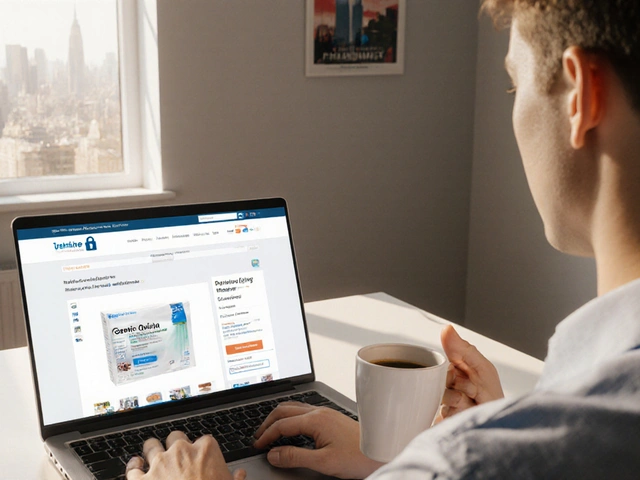
Write a comment
Your email address will be restricted to us